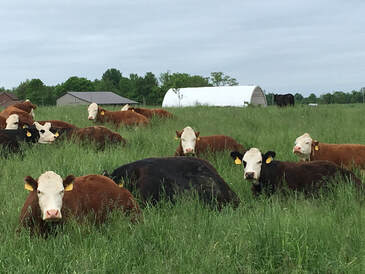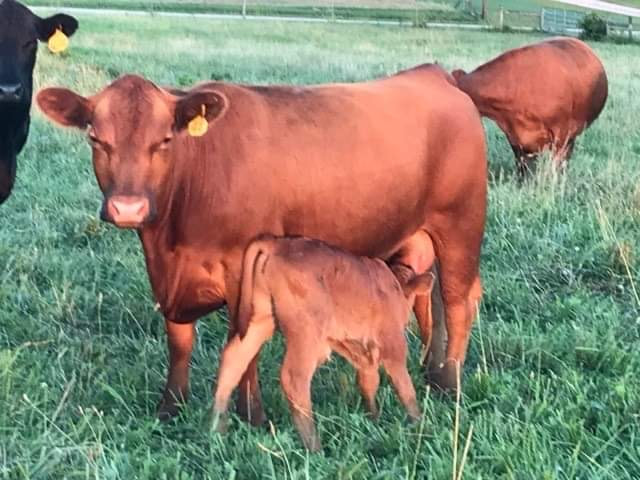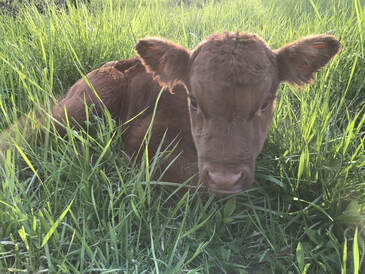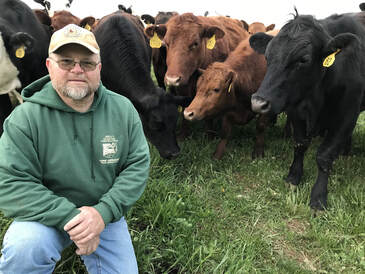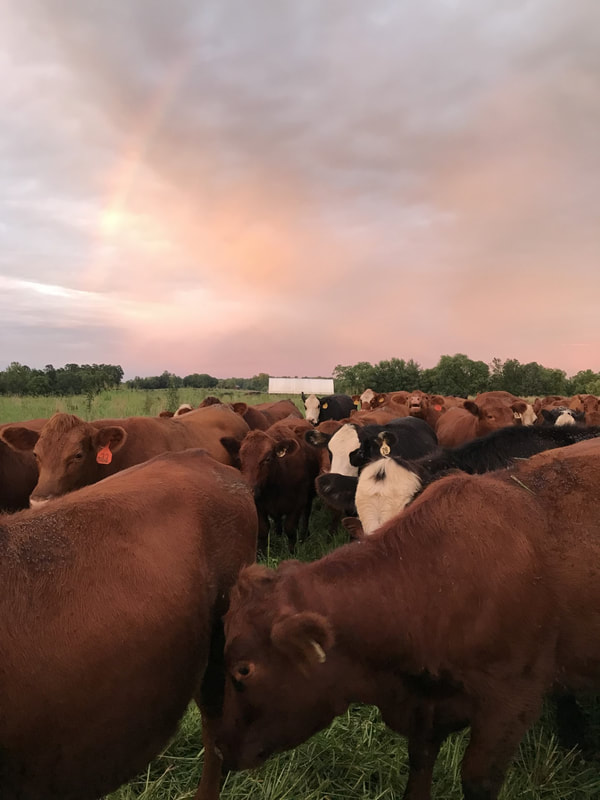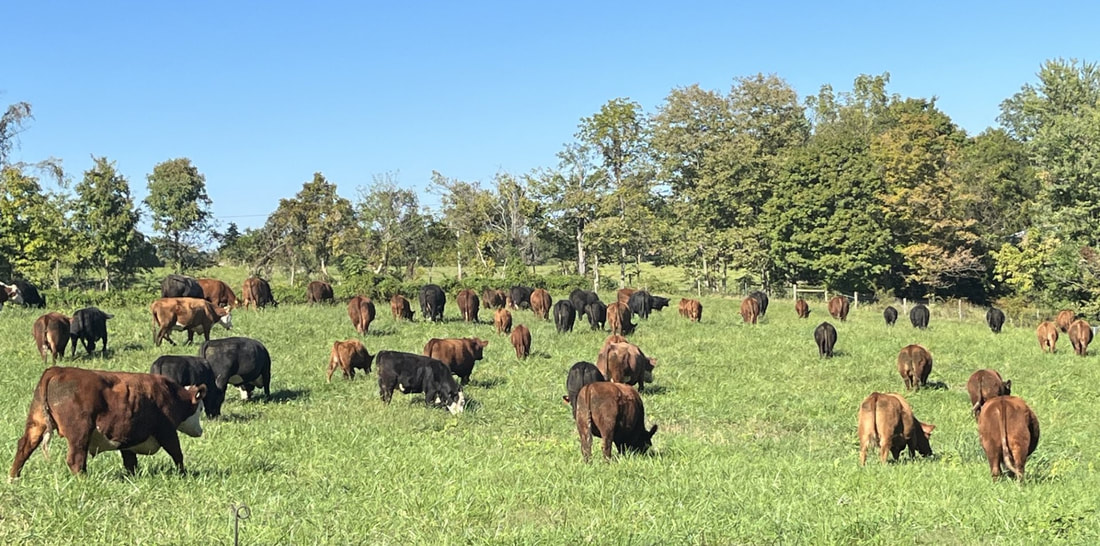END OF THE RIDGE FARMS
OUR STORY
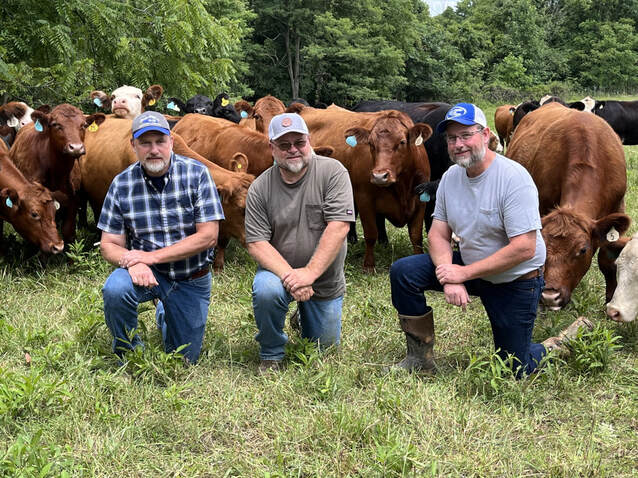
Brothers Dan, Bill and Mark Wickerham and our families, own and operate End of the Ridge Farms near West Union, Ohio. End of the Ridge Farms began in 2001 as a small cow/calf operation using conventional methods. As we progressed we researched and experimented more and more. The more we learned the more we questioned the conventional practices. Passionate about conservation, we are constantly seeking to improve our operation from an environmental standpoint. Many of the conventional methods are not as beneficial for the environment as the unconventional. It is not just coincidental that what is good for the environment is also good for the animals and ultimately good for our health as well. Bill has Rheumatoid Arthritis, and is particularly tuned in to healthy, nutritious food. With all the effort we undergo to produce the highest quality beef we want to be able to share it with others.
Although we sell beef we are focused on soil health. Specifically, we are working to build carbon/organic matter in our soil. The better the soil, the better the forages, the better the livestock and the better for our health.
Although we sell beef we are focused on soil health. Specifically, we are working to build carbon/organic matter in our soil. The better the soil, the better the forages, the better the livestock and the better for our health.
OUR PRINCIPLESAll Natural
We are 100% grass-fed, no grain. This is the way nature intended. Grain messes up the pH of the rumen in cattle. Grain is also higher in Omega 6 Fatty Acids which causes inflammation. Grass-fed is higher in Omega 3 Fatty Acids which fights inflammation. Grass-fed also has more CLA than conventional beef. No growth hormones or steroids are ever used on our livestock. We never feed antibiotics to our livestock. We are transparent. Ask us anything. Visit the farm. Watch for field days at our farm. Sharing of information. We are happy to share our experiences with others that have an interest in what we do whether you wish to replicate it or simply want to know how your food is produced. We have been very fortunate to have had many others help us along the way and we wish to do the same. Specifically, Bob Hendershot, former NRCS Grazing Land Specialist has been a wealth of information and guidance with our operation. Dr. James Linne with White Clover Farms has also been very helpful. Joel Salatin, with Polyface Farms in Virginia has an incredible amount of info available on his website. Check out our “Resources” tab for more sources. |
OUR PRACTICESManaged Intensive Grazing- forages must be “harvested” before seedheads are produced. This keeps the forage in a vegetative state and therefore increases yield. Paddocks need to be small enough to evenly distribute manure. Duration needs to be short enough to not allow re-grazing. To accomplish this, we employ electric poly-wire fencing, move cattle daily (usually), and give each paddock a 30 day rest or more.
Bale Grazing- not only do we bring nutrients on to the farm through the purchase of quality hay, but we distribute the manure evenly by the placement of the bales. Feeding is controlled by using poly-wire and allowing only access to their daily needs. Stockpiled Forages- works real well in conjunction with bale grazing. Cattle are given a new paddock daily with stockpiled fescue. Stockpiled fescue will retain it nutrient qualities throughout winter and is desired by cattle after a heavy frost has killed the endophyte that it is often infected with and the starch turns to sugar. Cattle will eat the fescue before touching a bale. Annuals- winter and summer annuals are a great way to increase yield and extend grazing seasons or renovate pastures. My favorites are turnips, sorghum-sudan, and cereal rye. Deep pack mulch bedding- Joel Salatin introduced us to this concept, although he refers to it as his “hay shed”. The cattle are kept under roof during the cold wet part of winter when the soil outside is unable to assimilate the nutrients due to the temperature and are lost. Cattle need less hay to maintain body temperature since they are not wet and they are laying on a deep pack mulch bed that is generating some heat. The nutrients are locked up in the carbon material that will later be composted and spread out on the fields. We recently built a hoop barn to utilize this practice and the operation has proved invaluable. |
|
